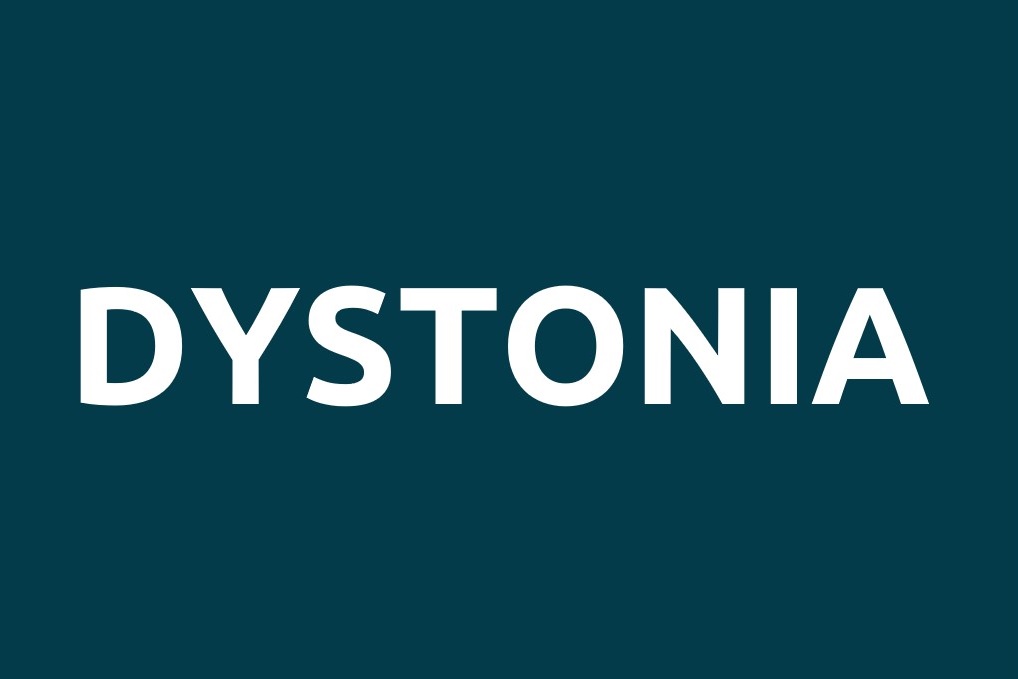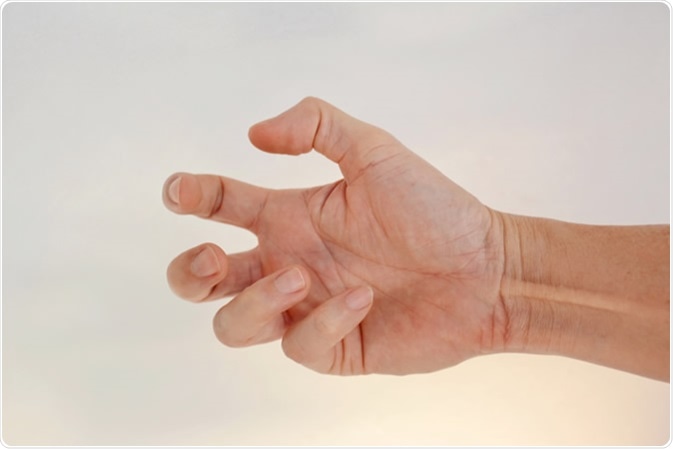

What is Dystonia?
Dystonia is a disorder characterized by involuntary muscle contractions that cause slow repetitive movements or abnormal postures. The movements may be painful, and some individuals with dystonia may have a tremor or other neurologic features.
What Are the Symptoms of Dystonia?
Dystonia can affect many different parts of the body, and the symptoms are different depending upon the form of dystonia. Early symptoms may include a foot cramp or a tendency for one foot to turn or drag—either sporadically or after running or walking some distance—or a worsening in handwriting after writing several lines.
In other instances, the neck may turn or pull involuntarily, especially when the person is tired or under stress. Sometimes both eyes might blink rapidly and uncontrollably; other times, spasms will cause the eyes to close. Symptoms may also include tremor or difficulties speaking.
In some cases, dystonia can affect only one specific action, while allowing others to occur unimpeded. For example, a musician may have dystonia when using her hand to play an instrument, but not when using the same hand to type. The initial symptoms can be very mild and may be noticeable only after prolonged exertion, stress, or fatigue. Over a period of time, the symptoms may become more noticeable or widespread; sometimes, however, there is little or no progression. Dystonia typically is not associated with problems thinking or understanding, but depression and anxiety may be present.
What Are the Causes?
The cause of dystonia is not known. Researchers believe that dystonia results from an abnormality in or damage to the basal ganglia or other brain regions that control movement. There may be abnormalities in the brain’s ability to process a group of chemicals called neurotransmitters that help cells in the brain communicate with each other.
The dystonias can be divided into three groups: idiopathic, genetic, and acquired.
- Idiopathic dystonia refers to dystonia that does not have a clear cause. Many instances of dystonia are idiopathic.
- There are several genetic causes of dystonia. Some forms appear to be inherited in a dominant manner, which means only one parent who carries the defective gene is needed to pass the disorder to their child. Each child of a parent having the abnormal gene will have a 50 percent chance of carrying the defective gene. It is important to note the symptoms may vary widely in type and severity even among members of the same family
- Acquired dystonia, also called secondary dystonia, results from environmental or other damage to the brain, or from exposure to certain types of medications.
Some causes of acquired dystonia include birth injury (including hypoxia, a lack of oxygen to the brain, and neonatal brain hemorrhage), certain infections, reactions to certain drugs, heavy metal or carbon monoxide poisoning, trauma, or stroke.
Dystonia can be a symptom of other diseases, some of which may be hereditary. Acquired dystonia often plateaus and does not spread to other parts of the body.
When do symptoms occur?
Dystonia can occur at any age, but is often described as either early, or childhood, onset versus adult onset.
Early-onset dystonia often begins with symptoms in the limbs and may progress to involve other regions. Some symptoms tend to occur after periods of exertion and/or fluctuate over the course of the day.
Adult-onset dystonia usually is located in one or adjacent parts of the body, most often involving the neck and/or facial muscles. Acquired dystonia can affect other regions of the body.
Dystonias often progress through various stages. Initially, dystonic movements may be intermittent and appear only during voluntary movements or stress. Later, individuals may show dystonic postures and movements while walking and ultimately even while they are relaxed. Dystonia can be associated with fixed postures and shortening of tendons.
How are the dystonias classified?
One way to classify the dystonias is based upon the regions of the body which they affect:
- Generalized dystonia affects most or all of the body.
- Focal dystonia is localized to a specific part of the body.
- Multifocal dystonia involves two or more unrelated body parts.
- Segmental dystonia affects two or more adjacent parts of the body.
- Hemidystonia involves the arm and leg on the same side of the body.
What treatments are available?
Currently, there are no medications to prevent dystonia or slow its progression. There are, however, several treatment options that can ease some of the symptoms of dystonia, so physicians can select a therapeutic approach based on each individual’s symptoms.
